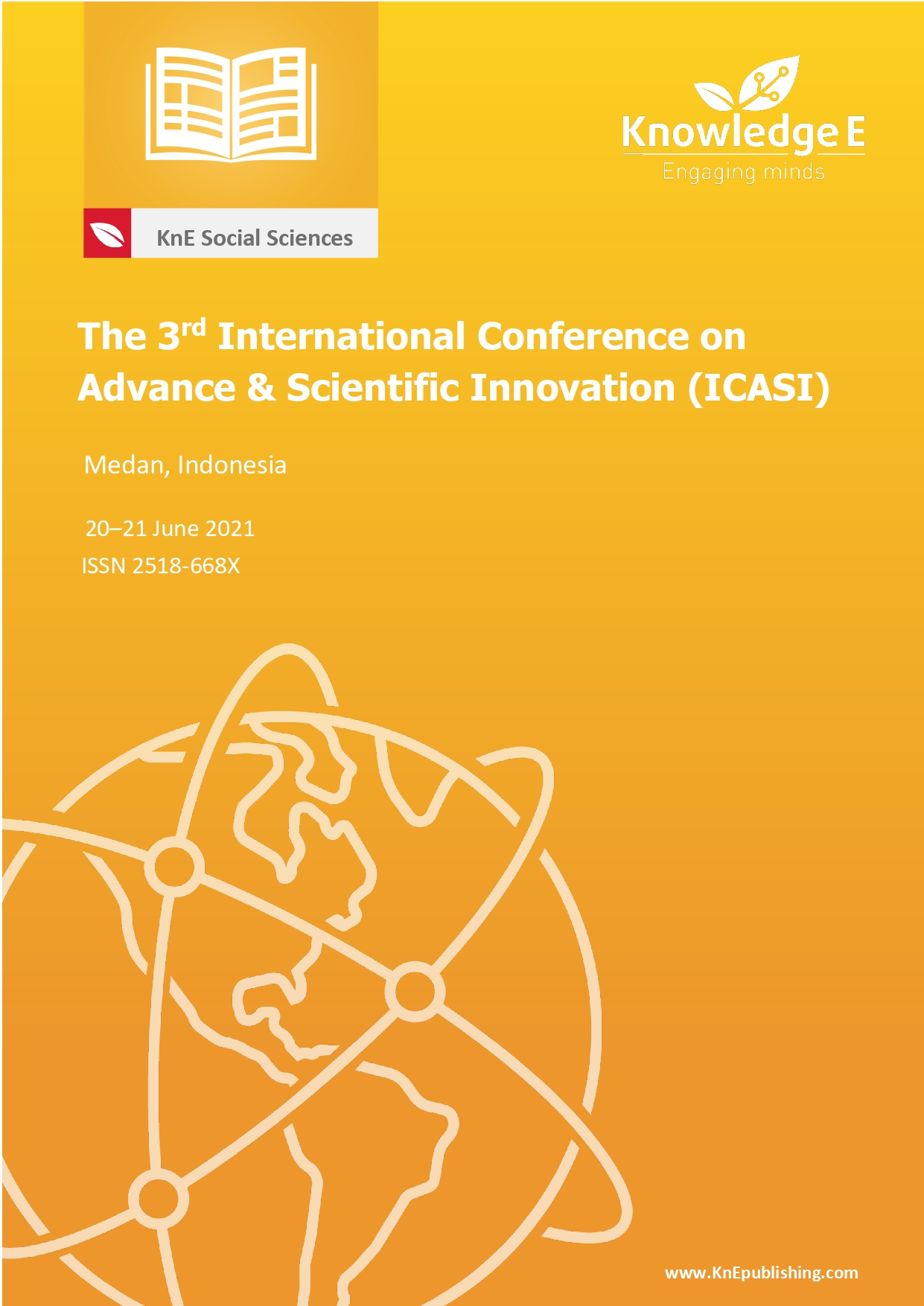Visual Semiotics: Da'wah Delivery Solutions and Self-Akhlaq Guards in The Digital Age with Personal Branding
DOI:
https://doi.org/10.18502/kss.v7i10.11353Abstract
The digital era has given birth to various roles and da’wah solutions that are able to break the boundaries of time and space which is very flowing, adjusting with the situation and the netizens’ interests by presenting contents in written, photos/pictures, videos, and audios to be uploaded on social media. Visual semiotics is a new technology-based communication method which maximizes the role of signs in form of writing, photo/picture, video, and audio that is presented in icon setting that implies linguistic message. This research use qualitative method with sociology and phenomenology approach and use analysis descriptive as the analytical technique. This research states that the utilization of visual semiotics in form of uploading content of a variety of sign visualization on social media periodically, with popularity as the outcome of personal branding, has become a da’wah solution, by delivering Islamic knowledge, moral messages, da’wah invitation, and Islamic quotes through the contents, to make oneself as a role model, which is performed periodically, dynamically, and contemporarily in order to gain the netizens’ interest so they can accept the religious teachings and to keep their morals, and not outdated by the current development in the digital era.
Keywords: digital era; da’wah; visual semiotics; personal branding
References
Muhlis. Dakwah di Media Sosial (Studi Fenomenologi Aktifitas Dakwah di Facebook). UIN Alaudin; 2016.
Mutiawati I. Dakwah di Media Sosial (Studi Fenomenologi Dakwah di Instagram). UIN Walisongo Semarang; 2018.
An-nabiry FB. Meniti Jalan Dakwah (Bekal Perjuangan Para Da’i). Sinar Grafika; 2008. 51 p.
Nasution. Metode Penelitian Naturalistik Kualitatif. Bandung. 2003;5.
J.Moleong L. Metode Penelitian Kualitatif. 2006;64.
Arikunto S. Prosedur Penelitian Suatu Pendekatan Praktek. Jakarta: Rineka Cipta; 2009. 223 p.
J.Moleong L. Metode Penelitian Kualitatif. Bandung: Remaja Rosdakarya; 2006. 330 p.
Hadi S. Metodologi Research. Universitas Gadjah Mada; 1984.
Kango A. Dakwah Di Tengah Komunitas Modern. J Dakwah Tabligh. 2015;16(1):42– 53.
Hardian N. Dakwah Dalam Perspektif Al-Qur’an Dan Hadits. J Dakwah dan Ilmu Komun. 2018;42–52.
Zulkarnaini. Dakwah Islam Di Era Modern. Risalah [Internet]. 2015;26(3):151–8. Available from: https://media.neliti.com/media/publications/127613-ID-dakwah-islam-di-era-modern.pdf
Fatmawati E. Dampak Media Sosial Terhadap Perpustakaan 98 Libria. J Perpust. 2017;5(1).
Montoya P. The Personal Branding Phenomenon: Realize Greater Influence, Expllosive Income Growth and Rapid Career Advancement by Applying the Branding Techniques of Michael, Martha & Oprah. 2022. 25–26 p.
Afrilia AM. Personal Branding Remaja di Era Digital. J Komun. 2018;11(1):20–30.
Yasraf Amir Piliang. Semiotika dan Hipersemiotika,Kode,Gaya, dan Matinya Makna. Matahari. 2019;221.
Sumbo Tinarbuko. Semiotika Komunikasi Visual. Jalasutra. 2014;83.
Alhimni Fahma MD. Eksistensi Para Gus di Instagram: VisualSemiotik sebagai Dakwah Baru di Era Digital. J Dakwah dan Komun Islam. 2020;6(2):138–57.
Moch.Fakhruroji. Dakwah di Era Media Baru:Teori dan Aktivisme Dakwah di Internet. Simbiosa Rekatama Media. 2017;205.

